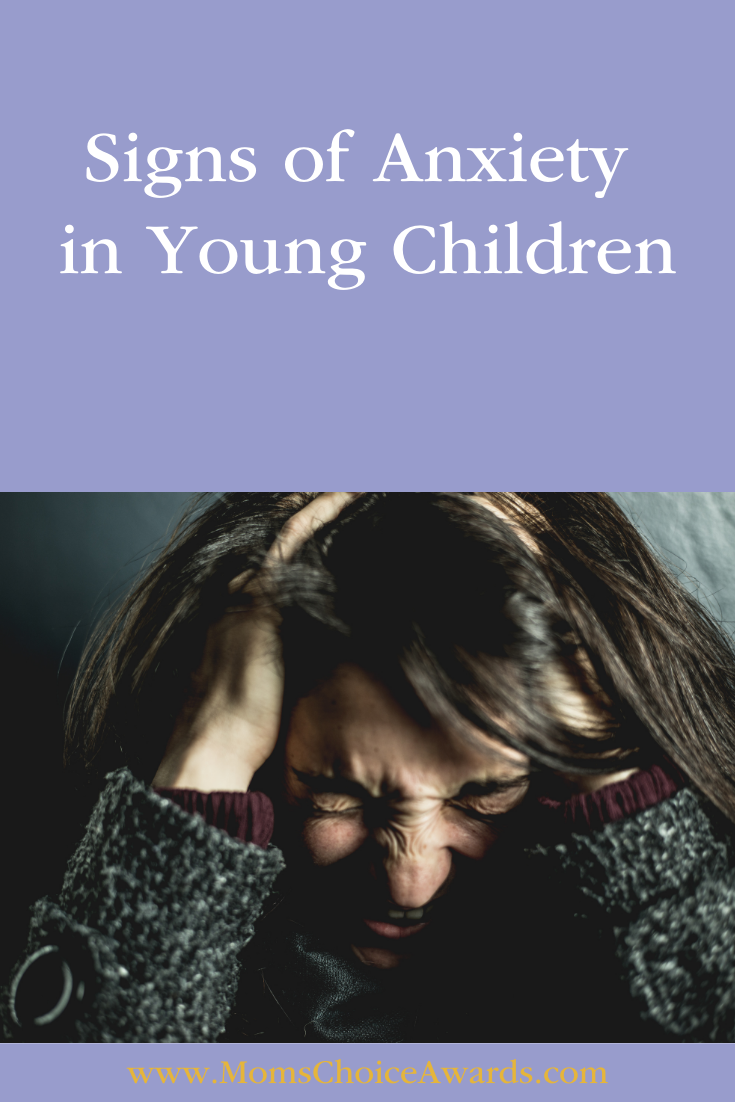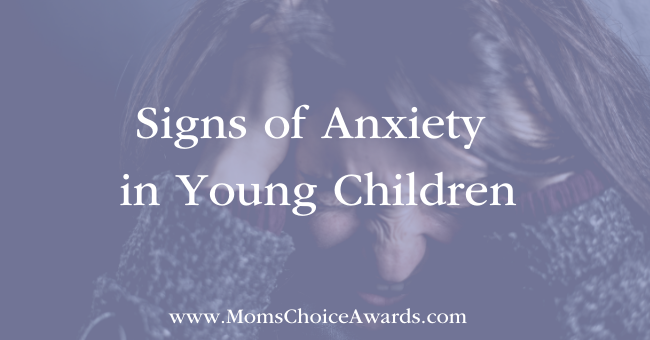 Draven Jackson
Draven Jackson
Blogger | Teacher
Twitter
In the era of mental health awareness, it’s important that we take the time to recognize the signs of anxiety and depression that can appear in our young children early in life. While many times these symptoms and signs can be labeled as “kids being kids,” sometimes these can be flags warning of mental health issues that could become more serious as our children grow older. Anxiety is one of the most common mental health issues plaguing the United States today but recognizing signs of anxiety in young children can help create better opportunities for management and coping.
According to the Anxiety and Depression Association of America, anxiety affects over 40 million adults in the United States age 18 or older. And while anxiety is highly treatable, only around 36% of U.S. citizens are treated. Anxiety can exist in a range of disorders, from Generalized Anxiety Disorder to social anxiety to OCD and PTSD. Some of these disorders can be seen in children as early as 7 (such as with anxiety stemming from specific phobias) and 13 (when social anxiety begins to develop).
It can be difficult to see anxiety in young children as many of the symptoms seem like normal habits, or those to be expected in kids. But sometimes these habits can be exaggerated and repetitive in children, showcasing possible anxious tendencies. Here are some signs of anxiety to be aware of in young children.

Signs of Anxiety in Young Children
• They have difficulty concentrating.
• They have a hard time sleeping or are prone to waking up frequently from bad dreams.
• They do not eat properly.
• They are quick to anger or irritability or exhibits out-of-control tendencies during outbursts.
• They worry constantly or has a hard time thinking positively – a very negative, “cup half empty” mentality.
• They are often tense and fidgeting or have to use the bathroom frequently.
• They are always crying.
• They are extremely clingy or require constant physical contact.
• They constantly complain of stomachaches or headaches.
All of these symptoms come from the United Kingdom National Health Service’s article “Anxiety disorders in children,” which also says that young children often experience separation anxiety, while older children and teens are more prone to develop social anxiety.
How to Understand the Difference Between Anxiety and “Kids Being Kids”
Many of these symptoms are common habits for children to exhibit, so just because you see these signs in your child’s habits does not necessarily mean they will develop anxiety as they grow older. The necessity for understanding these signs of anxiety in young children is knowing what to look for and note how frequently these habits are exhibited.
For example, as someone who has had to understand and cope with anxiety for most of my teen and adult life, I have taken the time now to look back on moments from my childhood when these signs of anxiety may have originally manifested. Most notably, I remember calling my mom from school frequently when I was in 3rd or 4th grade complaining of a stomachache and asking to go home. At the time, my mom asked me if I was being bullied and if that’s why I wanted to leave school. While I don’t necessarily remember being bullied, I do remember feeling nervous and stressed about school and about making friends – feelings that I carried with me for years to come.
I have also heard stories from other friends who have been diagnosed with anxiety as adults about their anxious tendencies as children. One friend of mine said that when she was in kindergarten, she used to experience such stress surrounding the time she took in the bathroom that she would wet herself instead of asking to go to the restroom. Another said that she was such a scared child that she slept in the bed with her parents until she was almost 9.
Again, many of the signs of anxiety in young children are also simple, everyday habits children can exhibit. It isn’t rare for children to throw tantrums or have trouble going to sleep, and some children can have difficulty concentrating due to other factors like ADHD or Dyslexia.
The important thing to note is the number of anxious habits exhibited and the frequency with which they are shown. For example, the idea that one piece of homework causes your child stress or worry isn’t necessarily something to be concerned about – children get worried all the time, just like the rest of us. But if your child can’t get through a night of homework without crying or becoming easily stressed, you may want to consider the idea that these may be early signs of anxiety in your child.
How to Help with Your Child’s Anxiety
First, just talk to your child about what is making them anxious or worried. Talk therapy can be enough for some people to manage their anxiety, so creating a safe space in the home for your child to talk about their anxiety can be a huge relief for them. Sometimes, people just want their worries to be heard and acknowledged, so listen to what they say and reassure them that it will be okay and that you understand.
If your child is older and can understand mental health issues, it may help them if you explain what anxiety is and what it can do to someone’s thoughts and feelings. It can be so scary to feel something you can’t explain, so telling them what is going on inside their brains may help improve their emotional state and gain some control over their thoughts and feelings.
Help them brainstorm some possible solutions to their problems. While this may not always work as we get older and our problems become more difficult to tackle head-on, the issues your children may be having may be easily remedied with some outside guidance. If your child is anxious about school or an upcoming test, it may be a good time for you to step in and help them find study methods that work for them and can make them feel more confident going into their test.
Overall, just let them know that you are there for whatever they need. One tactic I have found to be very helpful for my friends with anxiety is asking “What do you need? Do you need help or advice, or do you just want to talk about it?” Sometimes life can be more complicated than you can handle and you can’t solve your anxiety with a two-part question, but for some people, it can be relieving just to be listened to and asked directly what they need.
If your children are too young to answer that question, just listen to their problems and decide at that moment whether it is something you can help solve or if they just need mommy and daddy to listen.
Signs of anxiety in young children can be varied and sometimes are hard to differentiate from normal childhood behaviors, but being able to differentiate them and respond to them accordingly can help your child understand their anxiety and develop healthy ways to cope with and manage it early in life.
 About Draven Jackson
About Draven Jackson
Draven is an avid writer and reader who enjoys sharing her opinions on movies, books, and music with the rest of the world. She will soon be working as a teacher in Japan and hopes to use her experience to connect with other teachers and students around the globe. Draven spends most of her time at home with her family, her dogs, and her ferret.
To see more, view all posts by Draven Jackson here.





